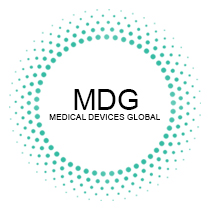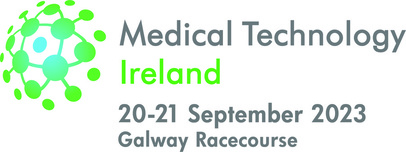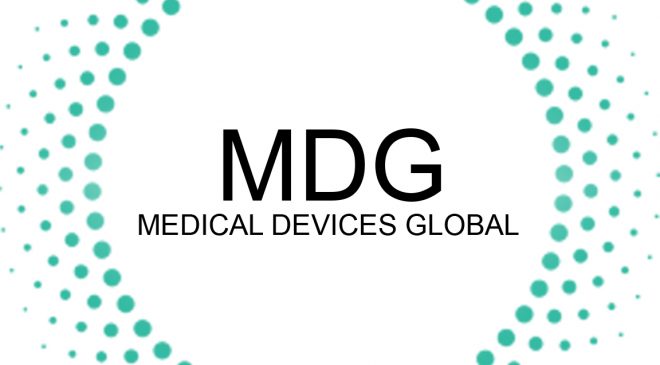The medical device industry is experiencing a dynamic regulatory landscape as health authorities worldwide strive to ensure patient safety, streamline approval processes, and foster innovation.
In 2023, various regulatory updates and initiatives from the United States Food and Drug Administration (FDA) and other international agencies have shaped the medical device landscape significantly. Let’s explore the latest worldwide FDA news and its impact on the global medical device sector.
1. FDA’s Focus on Digital Health Technologies:
In 2023, the FDA has placed a particular emphasis on digital health technologies, recognizing their transformative potential in healthcare. The agency has actively worked towards developing regulatory frameworks to ensure the safety and effectiveness of mobile health applications, wearable devices, and digital therapeutics.
By providing clear guidelines and expedited pathways for approval, the FDA is fostering innovation in the digital health space, enabling faster access to cutting-edge technologies for patients and healthcare providers.
2. Advancements in AI and Machine Learning Regulation:
With the rapid integration of Artificial Intelligence (AI) and Machine Learning (ML) in medical devices, regulatory agencies worldwide are updating their approaches to ensure the responsible and safe deployment of these technologies.
The FDA, in collaboration with international counterparts, has been working to establish guidelines for the validation and monitoring of AI algorithms used in medical diagnostics, treatment planning, and decision-making processes. These developments aim to strike a balance between encouraging innovation and maintaining rigorous safety standards.
3. International Harmonization Efforts:
Harmonization of medical device regulations across different regions has been a key focus in 2023. The FDA has actively participated in international collaborations to align regulatory requirements and streamline approval processes. Efforts to harmonize standards facilitate global market access for medical device manufacturers, reducing duplicative efforts and accelerating product introductions to benefit patients worldwide.
4. Strengthening Post-Market Surveillance:
Post-market surveillance and vigilance have been at the forefront of regulatory discussions. In response to emerging challenges and potential risks associated with medical devices, the FDA and other regulatory bodies have enhanced surveillance programs to proactively monitor device performance and safety. These measures underscore the commitment to ensuring continuous monitoring and prompt action if safety concerns arise after devices enter the market.
5. Focus on Cybersecurity and Digital Device Safety:
The increasing connectivity of medical devices has brought attention to the importance of cybersecurity in healthcare. In 2023, the FDA has emphasized the need for robust cybersecurity measures to protect patient data and prevent potential cyber threats. Device manufacturers are now required to demonstrate the security of their connected devices, and the FDA has been actively engaged in issuing guidelines and best practices to mitigate risks and vulnerabilities.
6. Accelerated Regulatory Pathways for Innovative Technologies:
Recognizing the urgent need for innovative medical solutions, the FDA has continued to implement accelerated regulatory pathways for breakthrough technologies. Expedited approval programs, such as the Breakthrough Devices Program and the Priority Review Program, aim to fast-track the evaluation and clearance of devices that address unmet medical needs, benefiting patients with life-threatening or debilitating conditions.
Conclusion
The worldwide FDA news in 2023 reflects the global commitment to enhancing patient care through thoughtful and adaptive regulation of medical devices. The focus on digital health technologies, AI and machine learning, international harmonization, post-market surveillance, cybersecurity, and accelerated pathways for innovation exemplifies the dedication of regulatory agencies to safeguarding public health while promoting technological advancements.
Medical device manufacturers, healthcare professionals, and stakeholders must stay abreast of these regulatory developments to ensure compliance and capitalize on opportunities to drive innovation responsibly. As the medical device industry continues to evolve, it is through these collaborative efforts between regulatory agencies and the healthcare community that the promise of cutting-edge, safe, and effective medical technologies can be realized worldwide.



